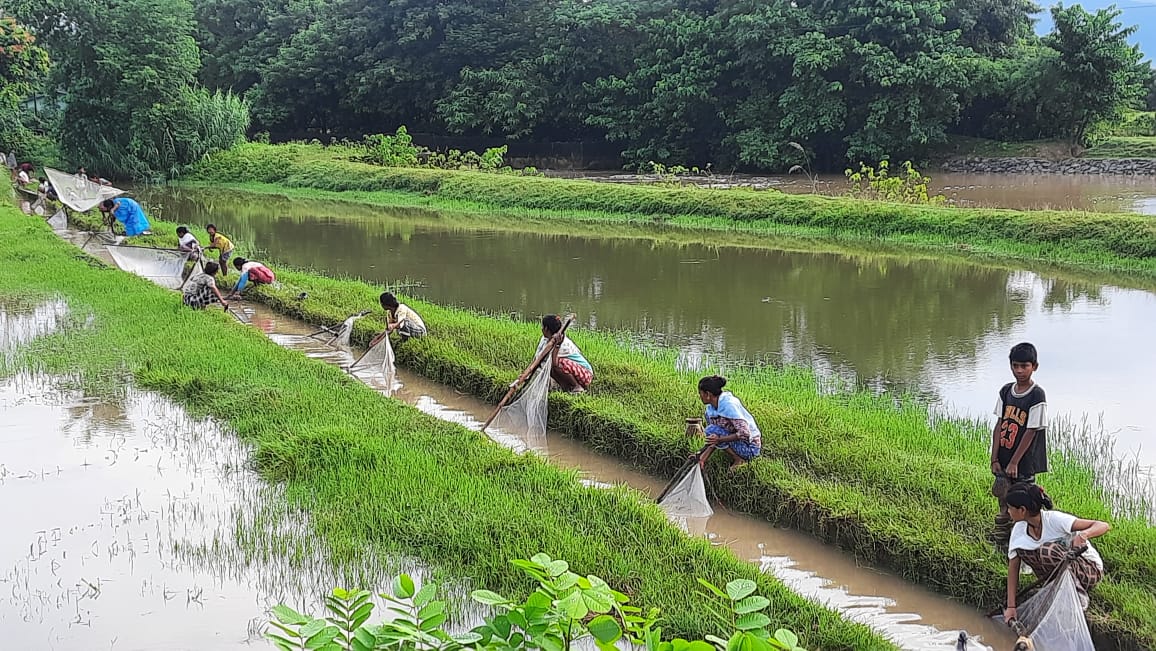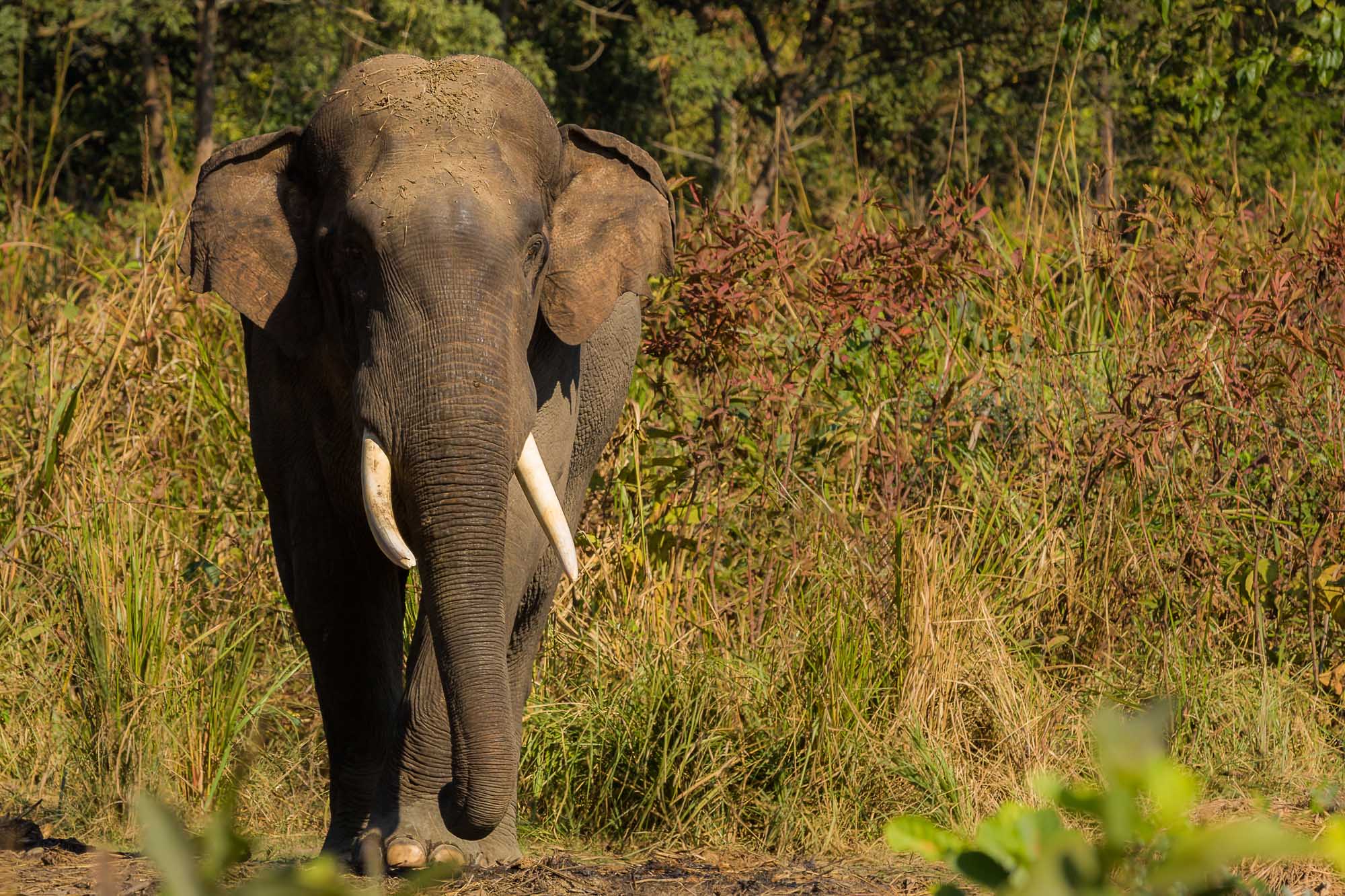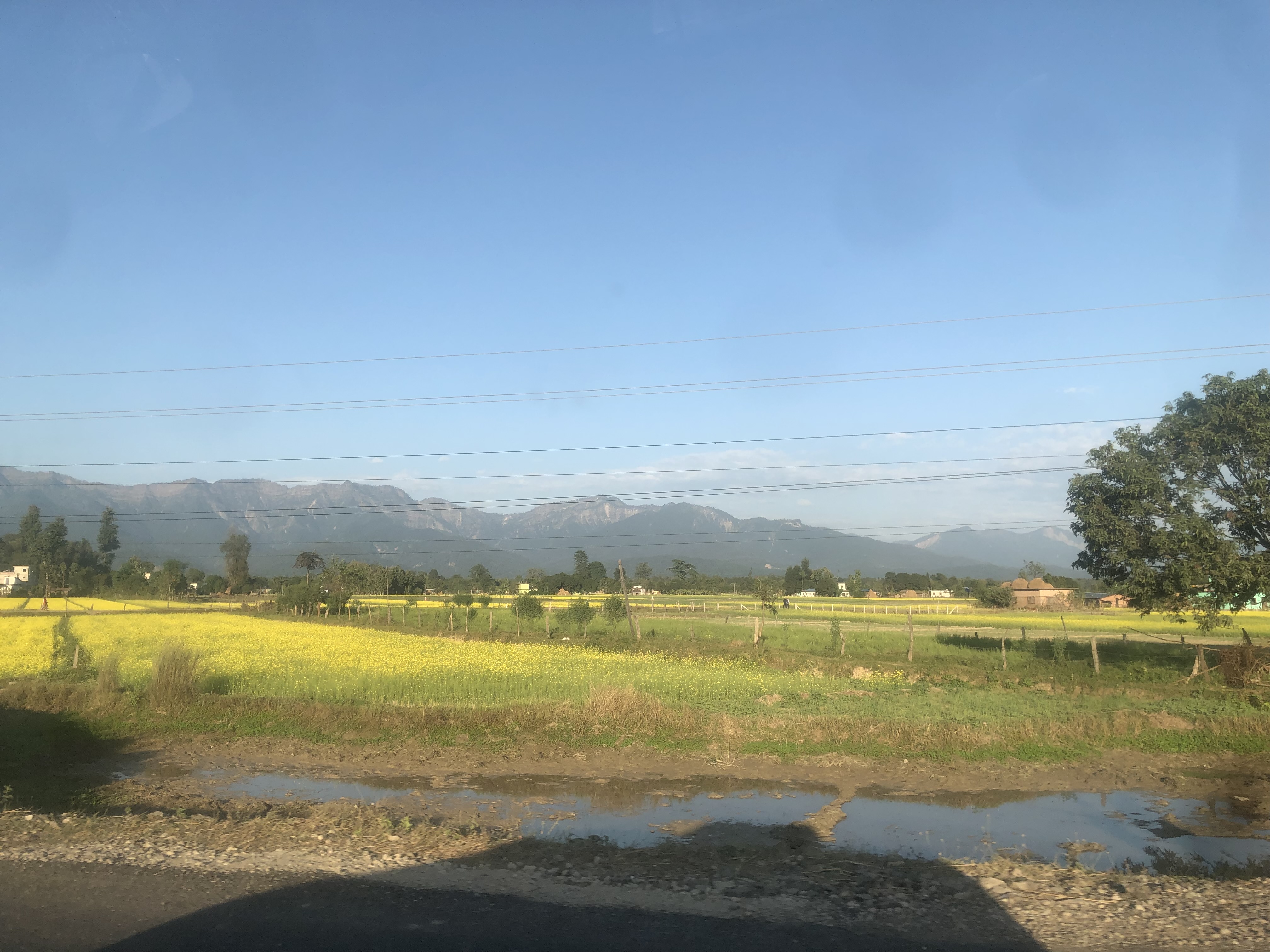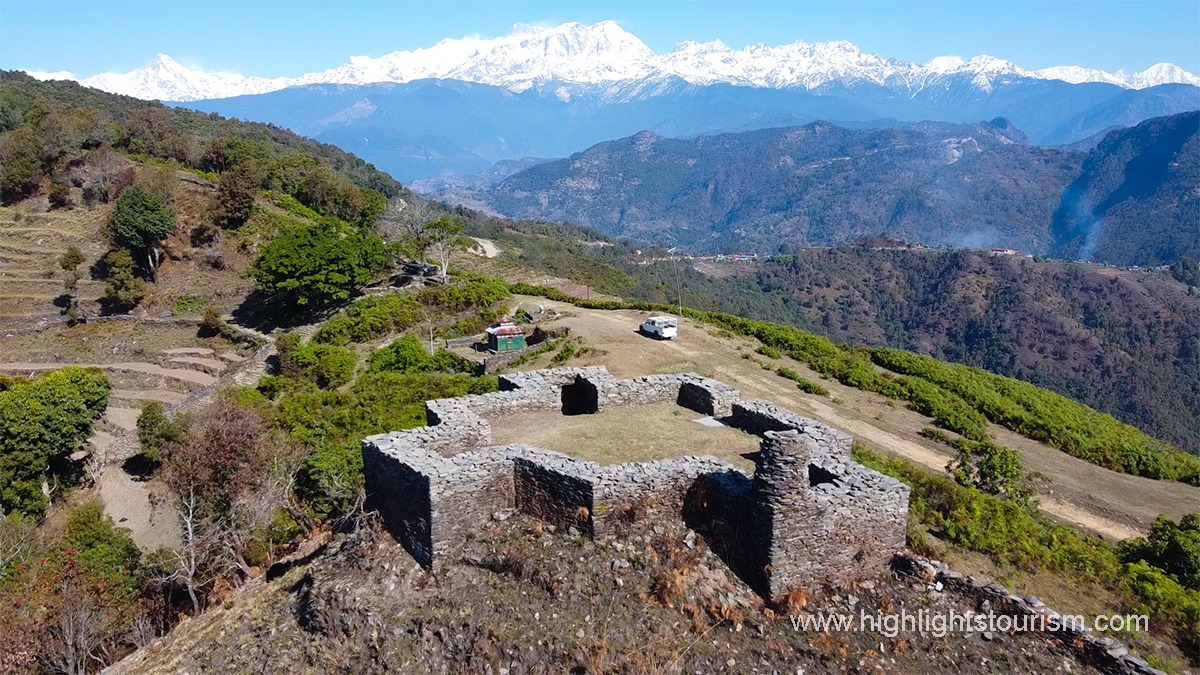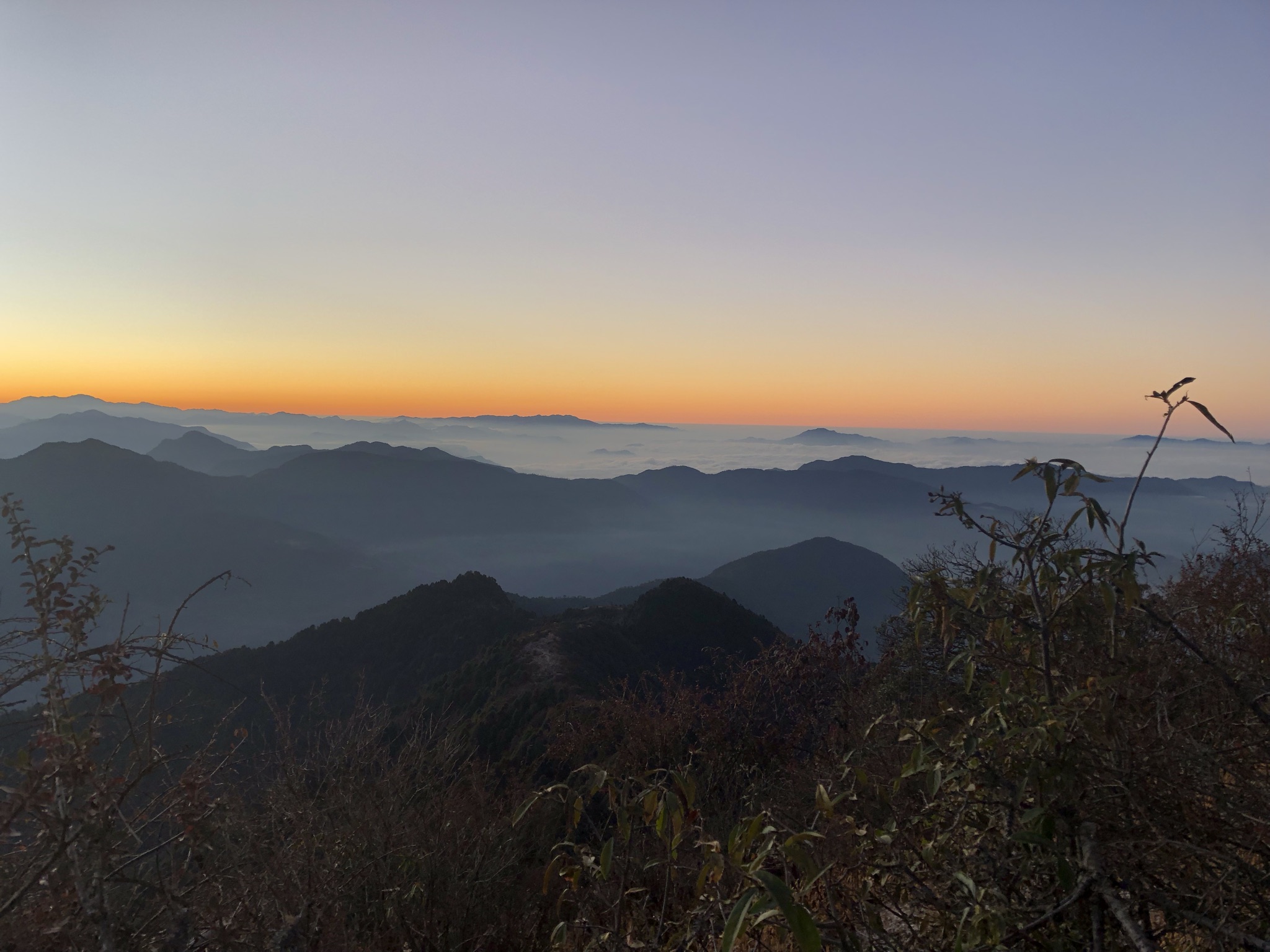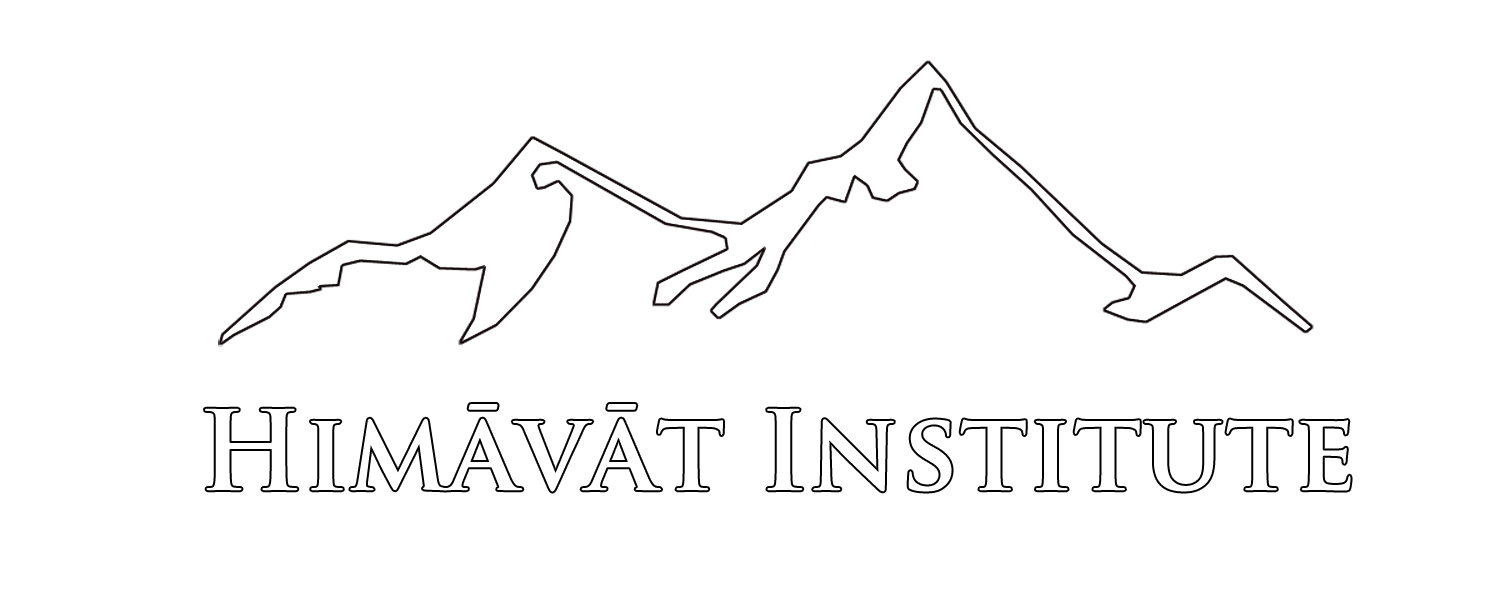Madhuban Tigerscape
Madhuban Tigerscape is located in the heart of tiger habitat along a large forest that serves a dispersing range of globally threatened tigers, Panthera tigris, one-horned rhinoceros and Asiatic elephants between Nepal’s Bardia National Park and India’s Katarniaghat Wildlife Sanctuary. This area is a human-dominated forest landscape intercepted by the Karnali and Babai Rivers. The landscape is a part of Terai Arc Landscape (TAL), one of the seven UN World Restoration Flagships as part of the UN Decade on Ecosystem Restoration.
This area is rich in both biodiversity and cultural heritage. Tharu, an indigenous group that lived for centuries, comprises nearly half of the total population. Tharus are devoted farmers, with unique traditions and knowledge. A small population of the Sonaha community live along river floodplains, who rely on fishing for livelihood. The forest is a primary source of firewood, bedding for livestock, grass for livestock, and timber.
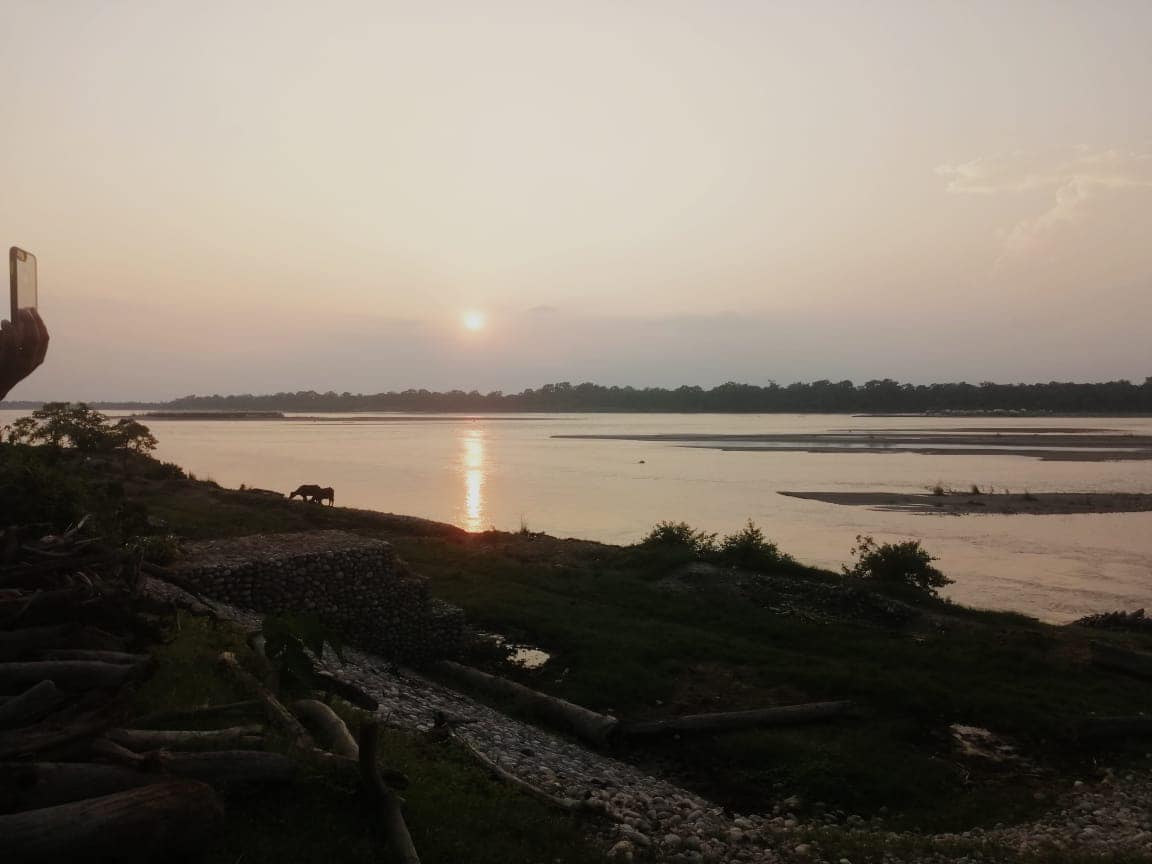
Location
The three major rivers— Babai, Karnali and Orahi—create a mosaic of habitats, including floodplains, grasslands and wetlands. Karnali River is critical for several aquatic faunas such as Ganges River Dolphins (Platanista gangetica), Gharial (Gavialis gangeticus) and Mahasheer fish (Tor putitora). The areas encompass a portion of the 200 global eco-regions identified by the World Wildlife Fund (WWF), specifically two eco-regions: the Tarai-duar savannas and grasslands, and the Sub-tropical Broad-leaf Forests (Olson and Dinerstein, 1998). Bardia National Park lies eastern side of the Karnali River and is the home of the second-largest population of tigers in Nepal and is one of the global tiger complexes (DNPWC and DNFC, 2018).
The area is characterized by Lower Tropical Sal and Mixed Broad-leaved Forest, and Riverine Khair Sissoo Forest (Barnekow Lillesø et al., 2005). The Lower Tropical Sal and Mixed Broad-leaved Forest (LTSMBLF) is a dominant forest type. Sal tree (Shorea robusta) is a dominant species of LTSMBLF. Sal tree, known for its tall and straight trunk, is valuable timber and is widely utilized mainly for construction. Riverine Khair Sissoo Forest is an important habitat but it is highly impacted due to continued human encroachment and ecological succession. Grassland is the dominant riverine habitat and is critical for herbivores and birds and protects soil along river banks. The major species include Elephant grass (Themeda villosa), Kans (Saccharum spontaneum), Siru (Imperata cyllindrica), Dubo (Cynodon dactylon), Babiyo (Eulaliopsis binata), and Khar (Vetivaria zizanoides). The avifauna diversity includes a large number of water/wetland birds, which are recorded in the Karnali River, including in riverine forests. The major species found in these habitats, including the tall grasslands of river floodplains, include the Bengal florican (Houbaropsis bengalensis) and the lesser florican (Sypheotides indicus).
An agriculture landscape (paddy crop ready for harvest after a few weeks!)
If you're looking for the perfect place to conduct your research on wildlife ecology, human-wildlife co-existence and conflict, Madhuban Tigerscape is the right place.
About Research Station
Human-wildlife interaction
A human-dominated landscape that shares both top carnivores and the largest herbivores (e.g., elephants, rhinoceros) and human is ideal for research on several fronts.
River dolphin and gharial
The riverine habitats face a threat from the climate change, regulation of water flow due to the construction of dams and barrages and environmental pollution
Wildlife hotspot
This is adjacent to the transboundary corridor between Nepal's and India's protected areas. Ideal areas for wildlife-related research
